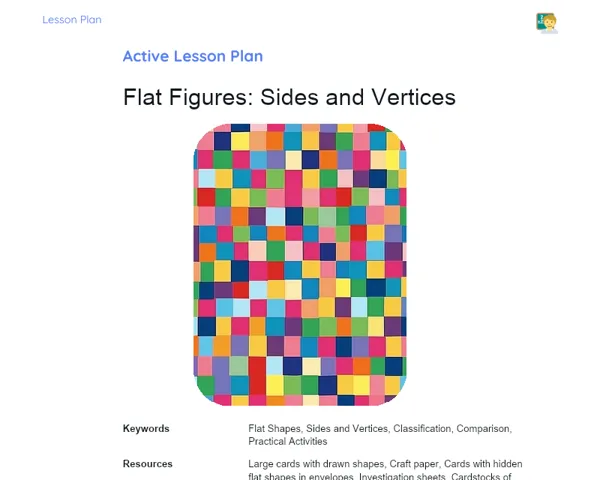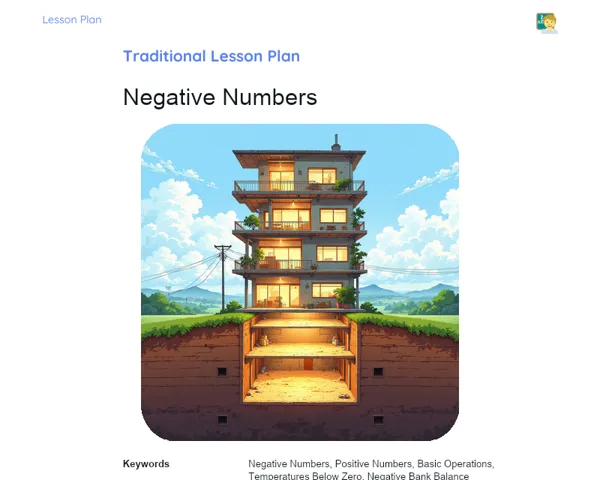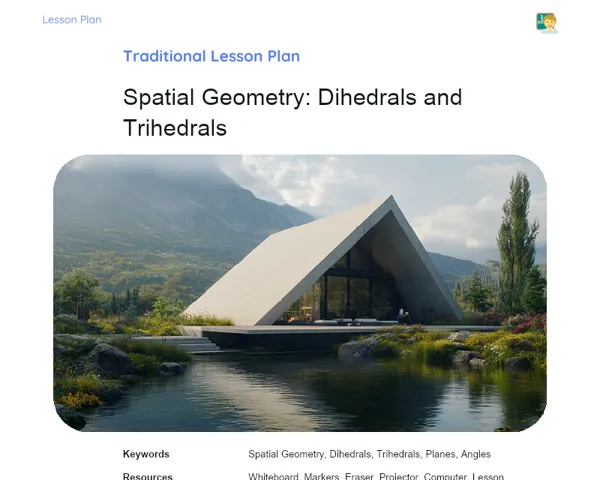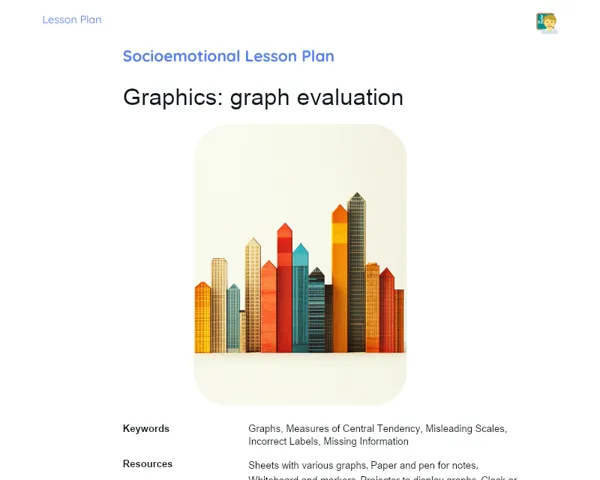Lesson Plan | Lesson Plan Tradisional | Sample Spaces
| Keywords | Sample Space, Probability, Coin Toss, Die Roll, Card Draw, Random Experiments, Diagrams, Tables, Problem Solving, Probability Analysis |
| Resources | Whiteboard, Markers, Coins, Dice, Deck of cards, Paper, Pens, Projector, Presentation slides, Exercise sheets |
Objectives
Duration: (10 - 15 minutes)
The aim of this stage is to give learners a solid understanding of what sample space means, which is a fundamental part of learning about probability. By stating the main objectives, the educator lays the groundwork for what learners should grasp and achieve in the lesson. This early clarity helps ensure that learners are focused and ready to engage with and apply the material being taught.
Objectives Utama:
1. Grasp the concept of sample space and why it’s crucial in probability.
2. Identify and list the possible outcomes of activities like tossing a coin, rolling a die, and drawing a card from a pack.
3. Utilise knowledge of sample space to tackle basic problems and carry out simple probability analyses.
Introduction
Duration: (10 - 15 minutes)
This stage aims to grab learners' interest and get them ready for the content that will be discussed. By laying out an initial context, learners can visualize how the concept of sample space fits into real life, making the learning journey more relatable and engaging. The interesting facts pique learners' curiosity and foster their enthusiasm for the subject.
Did you know?
Did you know that meteorologists use the concept of probability and sample space to predict the weather? They assess various possible scenarios, like the strength of rainfall and wind directions, to offer the most accurate forecasts. Furthermore, in sports like soccer, coaches and analysts use probability to make strategic choices during matches.
Contextualization
To kick off the lesson on sample spaces, it’s important to bring learners up to speed on what will be explored. Sample space is a core concept in probability and statistics, and is found in many everyday situations like gambling, weather forecasts, and even making business decisions. Start by explaining that probability is the area of mathematics that looks at the chance of an event happening, and to work out this chance, we need to comprehend all the possible outcomes of an event, which we refer to as the sample space.
Concepts
Duration: (45 - 50 minutes)
The aim of this stage is to deepen learners' understanding of sample space, offering both practical and theoretical insights. By tackling specific topics and working through problems in class, learners have the chance to apply what they’ve absorbed, solidifying their understanding and priming them for more intricate probability scenarios.
Relevant Topics
1. Understanding Sample Space: Clarify that the sample space is the set of all possible outcomes of a random experiment. Emphasize its significance for conducting probability calculations.
2. Examples of Sample Spaces: Discuss specific examples, such as flipping a coin (sample space: {heads, tails}), rolling a die (sample space: {1, 2, 3, 4, 5, 6}), and drawing a card from a deck (sample space: all 52 cards).
3. Visualising Sample Spaces: Use diagrams or tables to visually depict possible outcomes to aid learners' comprehension.
4. Sample Spaces in Combined Events: Explain how to figure out sample space when more than one event occurs, like tossing two coins or rolling two dice. Show how to combine the outcomes.
5. Practical Problem Solving: Present relatable problems that enable learners to apply their understanding of sample spaces to uncover all potential outcomes.
To Reinforce Learning
1. What is the sample space when tossing two coins?
2. What does the sample space look like for rolling two dice?
3. If we draw a card from a deck, what would the sample space be?
Feedback
Duration: (20 - 25 minutes)
This stage’s goal is to review and consolidate learners’ knowledge, ensuring they fully grasp how to identify and list sample spaces. The discussion allows learners to resolve uncertainties and deepen their understanding, while the engagement prompts encourage analytical thought and practical application of their newfound insights.
Diskusi Concepts
1. Question 1: What is the sample space for tossing two coins? 2. Point out that when tossing two coins, each coin can land as either 'heads' or 'tails'. Hence, the sample space reflects all pairs of outcomes: { (heads, heads), (heads, tails), (tails, heads), (tails, tails) }. Each combination represents a possible outcome of the toss. 3. Question 2: What is the sample space for rolling two dice? 4. Clarify that with two dice, each die can result in a number from 1 to 6. The sample space comprises all possible pairs, making for 36 combinations: { (1,1), (1,2), (1,3), (1,4), (1,5), (1,6), (2,1), (2,2), ..., (6,5), (6,6) }. Discuss how each number combination results in a unique outcome. 5. Question 3: What would the sample space be for drawing a card from a deck? 6. Explain that a standard deck has 52 cards, divided into four suits (hearts, diamonds, clubs, spades) with 13 ranks (Ace, 2, 3, ..., 10, Jack, Queen, King). Thus, the sample space consists of all these 52 cards, highlighting that each card stands as a unique outcome from the draw.
Engaging Students
1. What did you observe about the number of outcomes when tossing two coins compared to rolling two dice? 2. How did visual tools like diagrams or tables support your understanding of sample spaces? 3. Why is it crucial to enumerate all possible outcomes of a random experiment? 4. In what ways could you harness the sample space concept to forecast results in a card game? 5. What was the hardest part about determining sample spaces? How did you navigate that challenge? 6. If we introduced another coin into the mix, how would that influence the sample space?
Conclusion
Duration: (10 - 15 minutes)
This final stage recaps the key points discussed during the lesson, reinforces the link between theory and practice, and emphasizes the content's relevance to learners' lives. This closing summary ensures that students leave with a clear, consolidated understanding of the topic.
Summary
['Grasping the concept of sample space as the collection of all possible outcomes of a random experiment.', 'Identifying and listing sample spaces for straightforward events, like tossing a coin, rolling a die, and drawing a card from a pack.', 'Using diagrams and tables to visually represent sample spaces.', 'Determining sample spaces from combined scenarios, like tossing two coins or rolling two dice.', 'Applying knowledge of sample spaces in navigating practical challenges.']
Connection
The lesson bridged the theory of sample spaces with practice through clear, direct examples like tossing coins, rolling dice, and drawing cards. This enabled learners to visualize how these concepts manifest in reality and appreciate the necessity of listing all possible outcomes to conduct accurate probability calculations.
Theme Relevance
The sample space concept is crucial for probability and statistics, fields that hold real-world significance in everyday contexts, such as forecasting weather, gambling, and making decisions. Understanding sample spaces helps in making accurate predictions and informed choices, beneficial both academically and in daily life.



